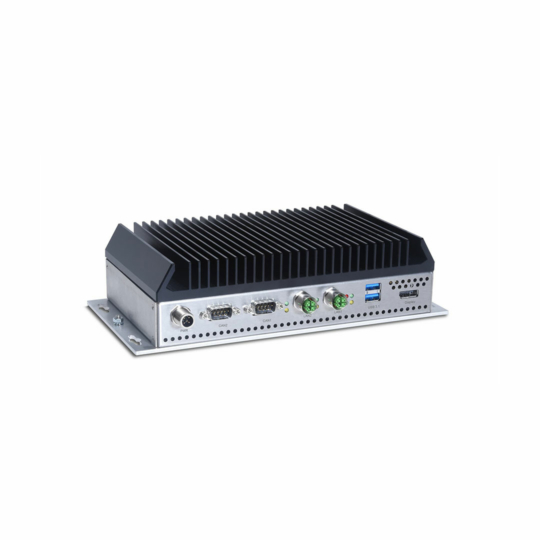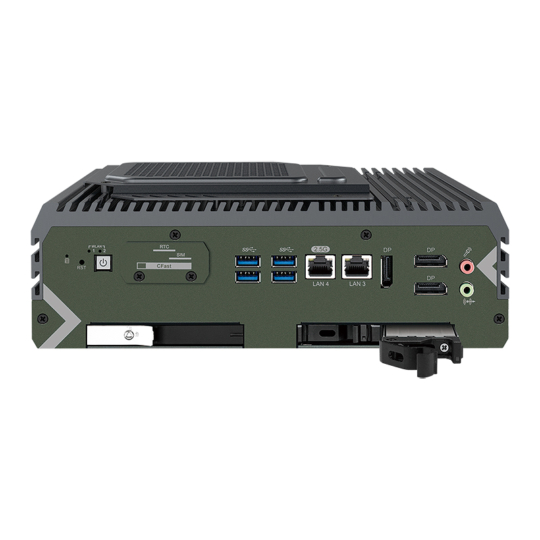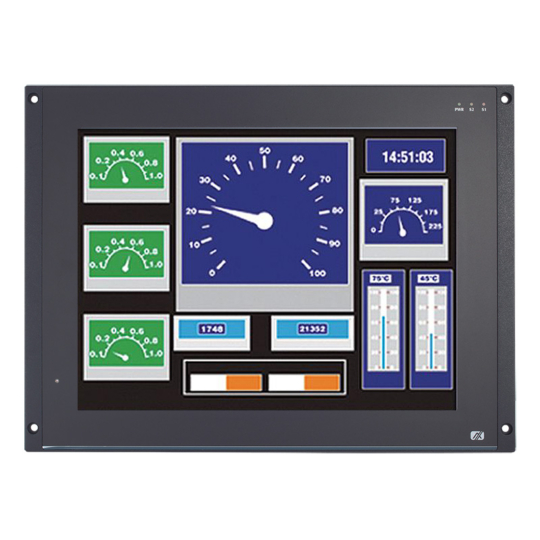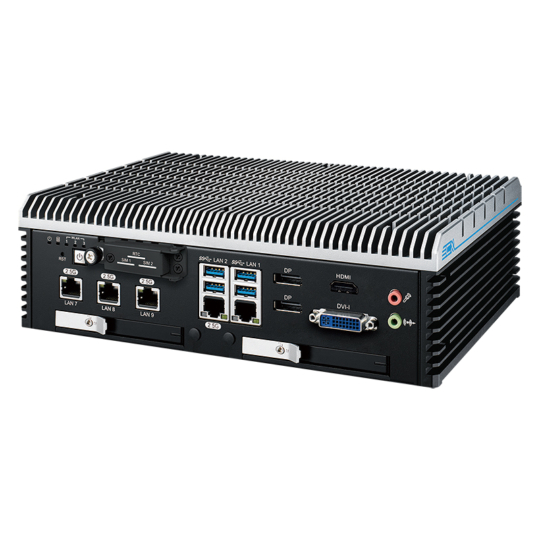What is EN50155? A Quick Summary Behind the Rolling Stock Standard
EN 50155 covers electronic equipment used on rolling stock for mainly railway-type applications. It governs the conditions of use of this equipment by temperature resistance, humidity, electromagnetic compatibility, shock and vibration stresses. The EN 50155 standard does not imply a certificate and does not require conformity; rather, it classifies the operating conditions of railway vehicles so that they are uniformly comprehensible and comparable.
Hardware Designed for the Transport Industry
Things Embedded offers the latest railway computers and displays for transport to support applications surrounding the rail industry. Here are some application cases in the rail sector:
Passenger Information
EN 50155 and EN 50121 solutions dedicated to information dissemination, railway surveillance and control.
On-board Monitoring and Communication
A well-thought-out surveillance system improves the experience for travellers and staff
Passenger Entertainment
Infotainment systems, embedded on trains, providing interactive multimedia content and wireless Internet access.
Vehicle Surveillance
Traditional video surveillance systems can detect incidents within station premises and in vehicles.
Control Room Management
Provide communication, security and monitoring from the control room.
Vending Machines
Optimize the distribution of tickets to streamline passenger traffic.
Performance and Reliability
Quality and safety are two important factors to consider in the context of EN 50155 certification. They take into account the protection against defects, wiring, layout, connectors and components used for the power supply of each unit. It is clear that quality components and manufacturing standards are included in the design of any system with such high MTBF requirements.
EN 50121: EMC Electromagnetic Compatibility
EN 50155 also uses EN 50121-3-2 for electromagnetic compatibility (Railway Applications. Electromagnetic compatibility. Rolling stock.) and uses a number of other standards. It goes without saying that the requirements to pass the desired standards are strict to ensure that the equipment does not produce noise levels that could interfere with other equipment located in the same vicinity.
Power Supply Input Voltage
Power supply is an essential element for electronic equipment used in trains. A wide range of voltages is used on rolling stock and the standard includes 24, 48, 72, 96 and 110VDC. Normally, an input voltage range of 4:1 is convenient for system design – 10 to 40V, 18 to 72V and 40 to 160V are the most widely used converters. The standard also provides that the power supply must be able to cope with interruptions by continuing to provide an output during a 10 ms power outage.
IEC 61373: Shock and vibration
As expected, shock and vibration requirements are strict for systems entering a harsh environment such as rolling stock. The specification uses a separate standard (BS EN 61373:2010 Railway applications. Rolling stock equipment. Shock and vibration tests). The shock and vibration requirements are divided into three categories: body mounting, bogie mounting and axle mounting, the latter being extremely stringent.
EN 50155: Extended Operating Temperatures
Railway PCs must be able to operate over a wide operating temperature range from -40°C to +85°C, although only some parts need to cover this ambient temperature range for 10 minutes at start-up. The power supply, in particular, must operate efficiently (85% or more). This reduces the dissipated power that would otherwise be lost as heat. The power supply must be efficient in a wide range of voltages and load conditions, and must be equipped with thermal management, usually a heat sink device.
Want to Discuss Rail Computing?
Arrange a call to discuss your rail application.




